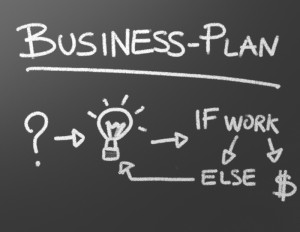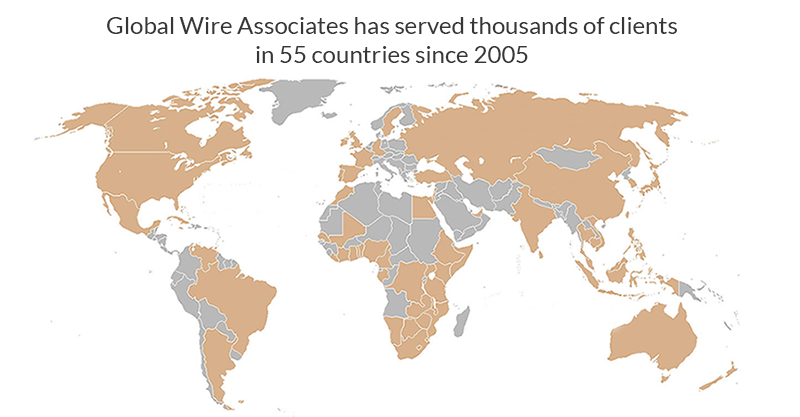The Pros And Cons of Bootstrapping Your Business
 Last week I had a lunch conversation with a friend about an interior design firm she wants to start soon. She doesn’t want to be held financially accountable to anyone, and she has decided to fund the business with both her savings and income from her day job at a furniture design shop.
Last week I had a lunch conversation with a friend about an interior design firm she wants to start soon. She doesn’t want to be held financially accountable to anyone, and she has decided to fund the business with both her savings and income from her day job at a furniture design shop.
This led us into a longer discussion about when and why it might be a better idea to bootstrap your business. Let’s look at the pros and cons:
Pros
More Freedom – Usually, when you invite monetary support from venture capitalists, angels, and even loans from friends and family, you lose some or even most control over how the business is run. This is because the people giving you money are expecting you to use it a certain way and properly repay them someday. Many people instead use their savings or moonlighting to start and run the business until it is making a profit. Of course, no one will tell you how to run the business because you are using your own money. With this said…
More Money: When you are bootstrapping, you don’t owe money to anyone. You have nothing to share with anyone else so that you will have more take-home profit.
More Pride: When you are bootstrapping, you tend to feel a sense of pride in your business, and thus, you will work harder to make it successful.
Learn Resourcefulness: Using your own money forces you not to waste it on things your business probably doesn’t need. You quickly learn how to be creative with the resources you have access to and how to react to new situations. Resourcefulness is an excellent skill that more of us need to have these days.
Cons
More Stress: Bootstrapping can be very stressful. Many entrepreneurs either work at one full-time job or several part-time jobs in addition to running their dream business. This can take a toll on both your professional and personal lives. Working a day job while moonlighting literally becomes a 24-hour, seven days a week job.
More Trouble?: On the subject of moonlighting, check with your current employer about their moonlighting policies for employees. Don’t get terminated from the job that is financing your business on account of your business!
Slower Business Growth: Unless you’re independently wealthy, in many cases, your business will grow much slower because you are working with a limited budget and resources. You might have to work from home and not be able to hire employees for a while. Again, this is why you need to be resourceful.
Access to Networks: One of the better things about getting external funding is that many investors can also act as mentors and are willing to give you access to their network of other people who might want to do business with you. Many bootstrappers don’t have that kind of access unless they are willing to find mentors that can barter resources instead of money.
More Risk: When you are using your own money, it is riskier. Many bootstrappers go a year or more without making a profit. Whereas, when you have investors, the risks (and successes) are shared.
Most entrepreneurs have mixed feelings about bootstrapping. This is not for everybody. Personally, I think bootstrapping makes sense, depending on the type of business you are running. I have never used external money to fund any of my business ventures. I am a bit of a control freak when it comes to my affairs. Instead, I barter resources from trusted individuals, and that has worked out best for me.
I am also very resourceful. All of my businesses are online for a reason. I decided early on that renting a physical office would be too much for my budget. I think it only makes sense to have an office if you have the type of business where you have to meet with clients regularly. Technology like video conferencing and e-commerce has made a big difference in how I run my businesses and make a profit.
Another example of smart bootstrapping is another friend of mine who is about to open a restaurant in Los Angeles. For the last 13 years, he has always wanted to run his own restaurant, but he was not able to get the funding he thought he needed to get the idea off the ground. He originally had two investors eight years ago, but they were not able to agree on how to use the money. So he decided to take a detour to his dream by starting a part-time catering business. He kept his day job as a sous chef at another restaurant, while catering on the weekends.
This worked out for him in many ways. He was able to save money from his regular day job to help finance his catering at the beginning. He made sure to learn everything about running a restaurant from his day job, where he eventually became a manager. The catering business allowed him to experiment with new foods he wanted to cook for new clients. He was also able to network with many clients who were powerful in the entertainment business, and who also gave him referrals. During this time, he was able to test out, develop, and finalized a menu, scope out potential restaurant locations and create a business plan for his restaurant.
Fast forward eight years, and now he is about to open his Asian fusion restaurant in West Hollywood later this year. I am so proud of him, and I plan to go out to Los Angeles to celebrate the restaurant opening.
The lesson here is if you are going to bootstrap your business, make sure you think it through and have a plan of action, which should include a pro forma financial statement (very important), a strategic plan and a business plan.


